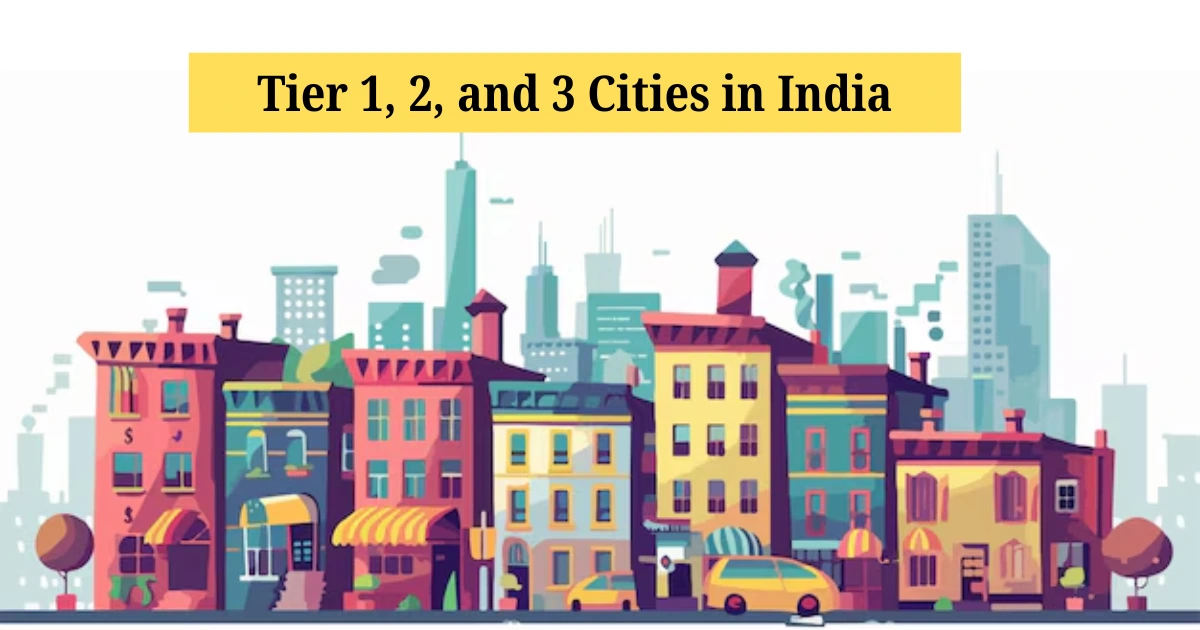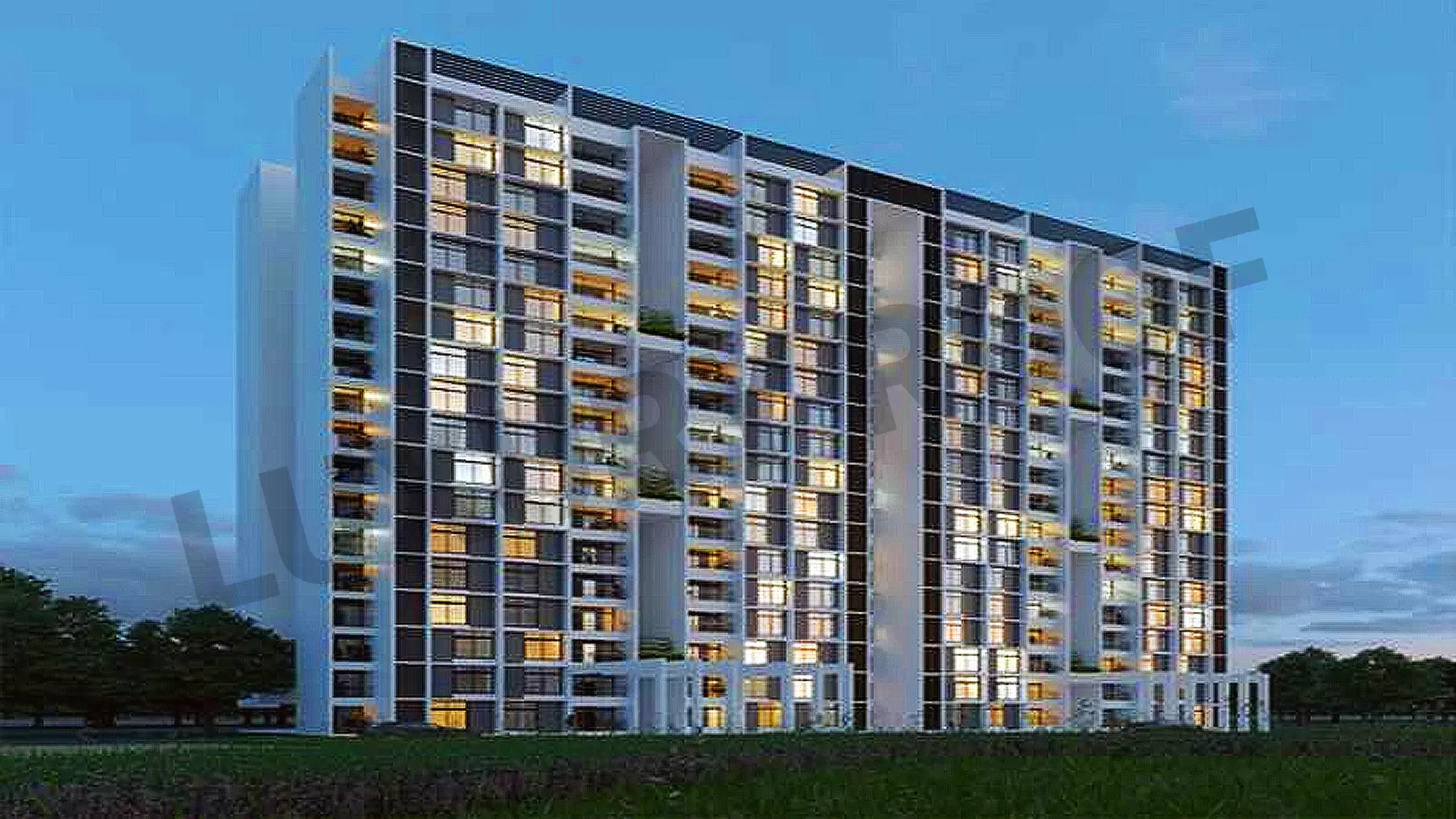Tier 1, 2, and 3 Cities in India: What’s the Difference and Why Should You Care?

Strong 8k brings an ultra-HD IPTV experience to your living room and your pocket.
Let’s imagine for a second that cities in India were like school students. Some are the toppers (you know the ones who always sit in the front row), some are the average-but-cool backbenchers, and some are still figuring things out but have lots of hidden talent. That’s kind of how Tier 1, 2, and 3 cities in India work.
These “tiers” are not just fancy labels — they actually affect how businesses grow, how real estate booms, and even where you might get your next job or start your dream startup. So let’s break it down in a simple, friendly way.
What Are Tiers Anyway?
Think of “Tier 1, 2, and 3” like levels in a video game.
Tier 1 cities are the bosses — big, powerful, developed, and always buzzing.
Tier 2 cities are like mid-level champs — growing fast, learning the ropes, and soon ready to take over.
Tier 3 cities are still beginners, but don’t underestimate them — they’re full of potential.
These tiers are generally based on population size, infrastructure, lifestyle, job opportunities, and income levels. The government and companies often use these categories to decide where to invest, where to launch new services, or where to open new stores.
Tier 1 Cities in India: The Big Guns
Okay, let’s talk about the Tier 1 cities in India first. These are the cities that are always in the spotlight — think of them as the Shah Rukh Khans of urban India. They’ve got everything — fancy malls, metro systems, tech parks, international airports, and coffee shops that charge ₹300 for a cappuccino.
Examples of Tier 1 Cities in India:
Mumbai – The financial capital and home of Bollywood
Delhi – The political hub and home of the world’s spiciest chaat
Bangalore – The Silicon Valley of India (and also the traffic capital)
Chennai – A beautiful mix of tradition and tech
Kolkata – The cultural queen with a heart for heritage
Hyderabad – Biryani and billion-dollar startups? Yes please!
Pune – Student city turned tech town
Ahmedabad – Clean, fast-growing, and full of entrepreneurial energy
Features of Tier 1 Cities:
High population (usually over 40 lakhs)
World-class infrastructure
Metro connectivity
Plenty of job opportunities (especially in IT, finance, manufacturing, and services)
Expensive real estate (yes, even a 1BHK can burn a hole in your pocket!)
These cities are usually the first choice for multinational companies (MNCs), big events, and high-end real estate developers.
Tier 2 Cities in India: The Rising Stars
Now meet the cool cousins — the Tier 2 cities in India. These cities may not be as flashy as Tier 1, but they’re quickly catching up. You’ll find better traffic (thank God!), lower cost of living, and a growing vibe that makes them super attractive for startups and young professionals.
Examples of Tier 2 Cities in India:
Jaipur – The Pink City with a golden future
Lucknow – Nawabi charm and modern infrastructure
Chandigarh – Clean, green, and super well-planned
Bhopal – Lakes and laid-back life with developing business zones
Coimbatore – A textile powerhouse on the rise
Nagpur – Orange capital going techy
Indore – Cleanest city and now a business hub
Visakhapatnam (Vizag) – Beaches, steel, and growth
Why Tier 2 Cities Are Gaining Popularity:
Affordable real estate (yes, you can actually buy a house here)
Smart city projects
Upcoming metro systems
Growing startup ecosystems
Better work-life balance (more parks, less pollution, and shorter commutes)
Post-pandemic, many people working remotely or starting businesses are choosing Tier 2 cities for the quality of life. Plus, many big brands are setting up their offices here — so job opportunities are booming.
Tier 3 Cities in India: The Future Superstars
Don’t roll your eyes at Tier 3 cities in India — they might be small today, but they’ve got dreams bigger than your last Amazon cart. These are smaller towns and semi-urban areas that are now slowly transforming thanks to government schemes, rising internet penetration, and better road/rail connectivity.
Examples of Tier 3 Cities in India:
Ujjain – A temple town turning tech-friendly
Ajmer – Heritage meets infrastructure
Haridwar – Holy vibes and rising industries
Gorakhpur – A surprise package in Uttar Pradesh
Siliguri – Gateway to the Northeast
What’s Cooking in Tier 3 Cities?
New educational institutions and medical colleges
Industrial parks and MSME hubs
Improved roads, airports, and broadband (Jio has reached literally everywhere!)
Growing interest from real estate investors and developers
These cities are ideal for budget-friendly living, peaceful lifestyles, and small-scale business setups. With the right investments, some of these cities could turn into Tier 2 in the next few years!
Why These Tiers Matter to You (Yes, You!)
Whether you’re planning to move, invest, or just flex your geography knowledge, knowing about Tier 1, 2, and 3 cities in India is super helpful. Here’s why:
1. Job Seekers
Want big money and big brands? Head to Tier 1.
Want a chill life with decent pay? Tier 2’s your jam.
Want to create impact in a smaller community? Tier 3 is your playground.
2. Real Estate Investors
Tier 1 = High risk, high reward (and high price)
Tier 2 = Balanced opportunity with strong growth potential
Tier 3 = Affordable entry points and long-term returns
3. Entrepreneurs & Startups
Start where your target customers are.
Tier 2 and 3 cities are less saturated and more open to new businesses.
Government incentives often focus on these cities too.
4. Students & Families
Better quality of life in Tier 2 and 3.
Lower cost of education and housing.
Tier 1 has more options, but also more distractions (and traffic... so much traffic).
Conclusion: The Tier Game is Changing Fast
India’s cities are evolving faster than your favorite mobile game updates. Today’s Tier 3 might be tomorrow’s Tier 1 (just ask Gurugram or Noida — they were once sleepy towns). So if someone tells you they’re from a “Tier 2 city,” don’t just nod blankly — they might just be living in the next big thing.
Whether you want fast life, peaceful vibes, or investment opportunities, understanding the difference between Tier 1, 2, and 3 cities in India can help you make smarter choices.
So, where do you think your city stands? And where would you want to move next?
Note: IndiBlogHub features both user-submitted and editorial content. We do not verify third-party contributions. Read our Disclaimer and Privacy Policyfor details.







